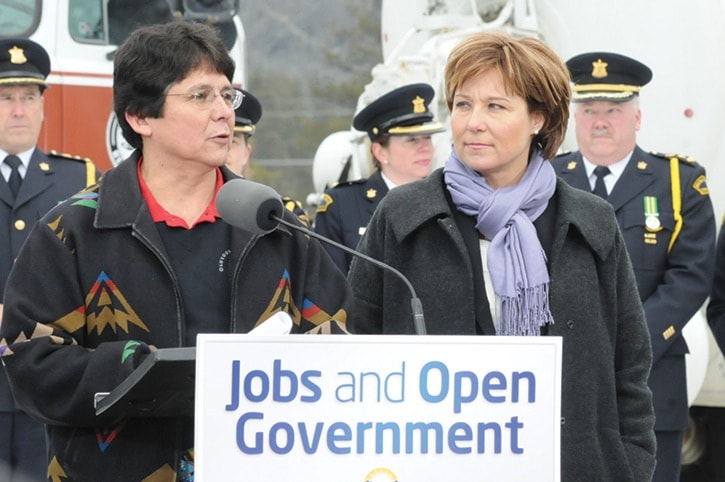Key information about the new Okanagan jail, including its long-term cost to taxpayers, remains locked away in government files.
A freedom of information request filed by the Western News to obtain copies of the construction timeline, details of contractor performance penalties and the 30-year schedule of payments was denied almost in full.
In its response letter, the Ministry of Technology, Innovation and Citizens’ Services cited provisions of the Freedom of Information and Protection of Privacy Act that allow it to withhold information it believes could harm the financial interests of the government and its business partners.
Since the Okanagan Correctional Centre is one of a kind, the director of the B.C. branch of the Canadian Taxpayers’ Federation doesn’t buy that argument.
“It’s not like this prison is competing with other prisons. We own them all, so let’s disclose how much it’s going to cost to run it,” said Jordan Bateman.
“By hiding the numbers, people begin to wonder if they’re getting good value for their money, when the easiest thing is to disclose it, let us all see it, and it would probably be barely a ripple.”
Sarf Ahmed, the associate deputy minister of technology, innovation and citizens’ services, said in a statement that the redactions were made according to law to protect taxpayers in the long run.
“If detailed information from proponents is released publicly, it would reduce government’s ability to attract successful proponents and could ultimately raise prices for government to conduct business. In other words, it would make it more difficult for government to conduct successful bids of major projects if detailed information that is proprietary to businesses was released publicly,” Ahmed said.
“The release of proprietary business information would also harm third parties conducting business with government because it would reveal confidential business methodologies regarding the construction of major infrastructure, such as the Okanagan Correctional Centre.”
Boundary-Similkameen MLA Linda Larson, in whose riding the jail is being built, did not respond to a request for comment.
The B.C. government entered into a public-private partnership with Plenary Justice to design, build, finance and maintain the $193-million jail near Oliver for 30 years.
During construction, the province will make payments totalling $73 million, and Plenary Justice, a consortium of private companies, will fund the balance of the $120-million capital cost with money it raised through a private bond issue.
Over the next three decades, B.C. taxpayers will then pay back to Plenary Justice that $120 million with interest, plus make regular life-cycle and maintenance payments, according to the documents obtained by the Western News. However, the actual payment amounts, spread over 360 months, were redacted.
Also deemed a secret in the documents is the construction schedule, which lists tasks ranging from pre-casting concrete cells to pouring a foundation for an on-site greenhouse, and was altered to obscure the due dates.
The documents also include some details about how financial penalties will be assessed to Plenary Justice if certain parts of the jail are deemed out of service, but the actual monetary amounts were redacted.
The Western News will ask the Office of the Information and Privacy Commissioner for B.C. to review the ministry’s decision to withhold the info.
